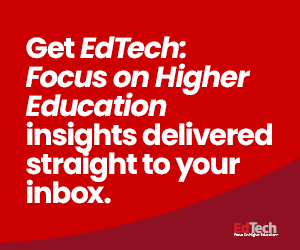Students and Faculty Put Artificial Intelligence to Work
AI for Student Success
In support of student success, productivity suites such as Google Workspace and Microsoft 365 have built-in generative AI tools, free capabilities that support user personalization to meet students’ learning needs. Paid tiers unlock even more: With Gemini, for instance, access to the paid version offers unlimited search to help students push themselves academically. The paid version of Copilot allows students to create their own AI agents to conduct research.
In practice, students can use Help Me Write in Google Docs to conquer blank-page syndrome for essays or lab reports. And Microsoft Loop helps students save time by synthesizing their lecture notes, building collaborative project plans and extracting key takeaways from dense PDFs.
AI for Student Mental Health
Mental health remains a top concern on campus: 40% of college students report challenges in accessing needed mental health support. AI can help to close this gap. Schools can step in as an early warning system and flag at-risk students earlier by using AI to analyze large data sets to spot patterns that indicate risk. Counseling centers can use it to help tailor care and insights, with AI highlighting risk factors in a student’s history for more targeted interventions.
EXPLORE: Generative artificial intelligence enhances the student experience.
AI for Faculty Development
Higher ed institutions can help faculty not only learn about AI but also how to be proactive in helping faculty learn with it by embedding AI into professional development, policy drafting and data-driven presentations. At Vanderbilt University for example, the school’s Institute for the Advancement of Higher Education offers an online resource hub, with tools to help educators understand the effective use of generative AI in course design and the pedagogical benefits and risks of using AI in teaching. And the University of Texas at Austin has partnered with Grammarly for Education to highlight effective AI uses in the classroom.
AI Can Be Used for Security and Efficiency
AI as a Cybersecurity Tool
In the security operations center, AI tools can extend the capabilities of the security team or help stretched part-time staff extend their reach by identifying and detecting threats, organizing and analyzing large volumes of activity, and sounding the alarm about anomalies that may require deeper investigation.
At Oregon State University, for example, a SOC staffed with five professionals and 10 part-time student employees uses AI to streamline student onboarding and free up staff to focus on cybersecurity needs. In any university SOC, AI can tackle repetitive, time-consuming tasks and deliver critical insights, empowering cyberdefenders to be more effective.
DIG DEEPER: Higher education is embracing artificial intelligence for teaching and research.
Use Cases for AI Chatbots
While AI-powered chatbots can still support call-center staff, they have graduated to other uses on campus. Schools have built chatbots to connect students to scholarship opportunities, late-night tutoring services and financial aid portals. Chatbots can simulate interviews for behavioral health students or even empower learners to debate with famous philosophers throughout history, extending the boundaries of the classroom.
AI for Physical Security
For student trust and retention, campus safety is paramount. AI can be an effective force multiplier in security, in dining halls and dormitories, parking facilities and beyond. To support stretched security teams, AI-enabled cameras can apply license plate recognition and weapon detection, help campus security teams detect unauthorized access, support visitor management by monitoring dorm entrances, and monitor crowd activity during campus events. AI-powered access control systems can detect unauthorized entry and can activate emergency lockdown procedures when needed.
Use Cases for Generative AI
Faculty can leverage generative AI to streamline lesson planning, from drafting outlines to curating ideas for classroom activities. Students can use the same tools to brainstorm ideas, summarize their lecture notes, and outline essays. Administrators can use the same powerful capabilities to summarize meetings, draft emails and reports, and automate routine tasks. Built-in tools such as Gemini in Google Workspace for Education make these applications readily accessible.
SUBSCRIBE: Click below to sign up for our weekly EdTech newsletter.













